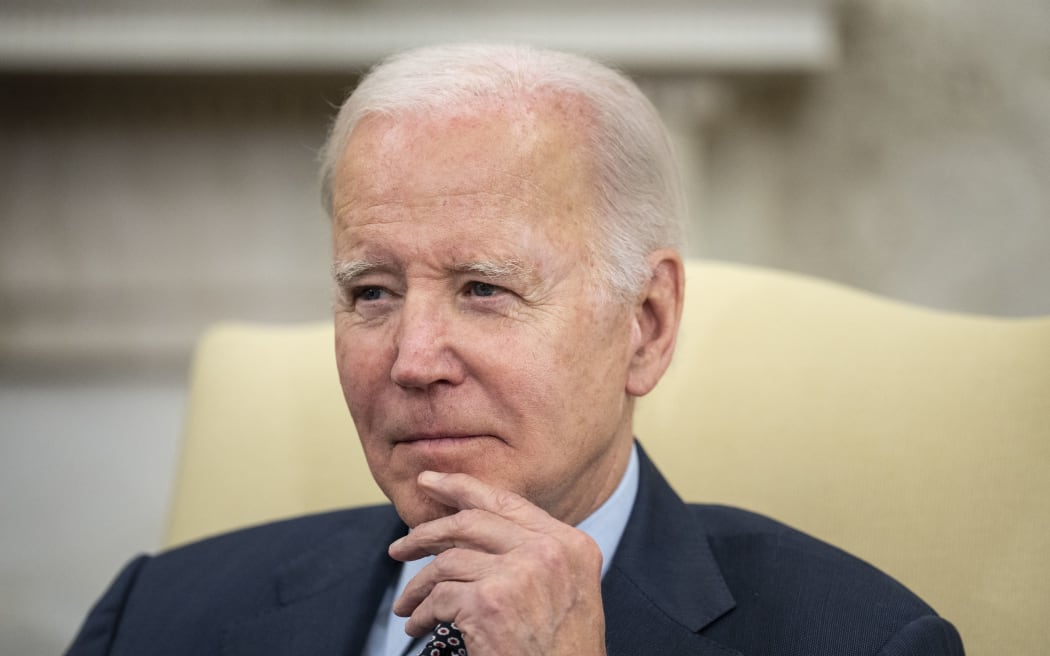
What Is In US Debt Deal
Striking a Balance: Unpacking the Key Provisions of the US Debt Deal
The US debt deal refers to the recent negotiations and compromises made by politicians from both parties to address critical financial issues. This comprehensive agreement encompasses key aspects such as the debt ceiling, spending caps, veterans' medical care, work requirements, Covid-19 relief funds, student loan repayments, and climate and clean energy measures. In this extensive article, we will delve deep into the intricacies of the US debt deal, providing a thorough analysis of its provisions and far-reaching implications for the country's financial landscape.
Addressing the Debt Ceiling
At the core of the US debt deal lies the critical decision to suspend the debt limit until January 1, 2025. This bold move effectively removes the debt ceiling as a potential issue in the 2024 presidential election, ensuring that political discourse and public attention remain focused on other pressing matters. The suspension of the debt limit aims to prevent a catastrophic default and maintain the stability of the government's financial operations.
Spending Caps and Adjustments
The US debt deal introduces provisions concerning spending caps, striving to strike a delicate balance between fiscal responsibility and addressing key priorities. In fiscal 2024, non-defense spending is projected to remain relatively flat, with a subsequent 1% increase in fiscal 2025 after necessary adjustments to appropriations have been made. These adjustments involve shifting $20 billion in Internal Revenue Service funding from other non-defense areas and rescinding $30 billion in unobligated Covid-19 relief funding.
It is important to emphasize that the agreement eliminates budget caps beyond fiscal 2025, providing more flexibility in allocating funds and addressing evolving financial needs. As outlined in the House GOP fact sheet, non-defense discretionary spending would be rolled back to fiscal 2022 levels, and topline federal spending would be limited to 1% annual growth for the next six years.
Protecting Veterans' Medical Care
The US debt deal places a significant emphasis on the preservation of full funding for veterans' health care. This commitment acknowledges the vital importance of providing comprehensive medical support to those who have bravely served the nation. Additionally, the deal includes an increase of nearly $15 billion for fiscal year 2024 to support the PACT Act's toxic exposure fund, addressing the pressing health concerns faced by veterans. The House GOP fact sheet emphasizes the full funding of veterans' medical care, highlighting its significance in ensuring the well-being of those who have made tremendous sacrifices for the country.
Expansion of Work Requirements and Exemptions
In an effort to balance work requirements and exemptions, the US debt deal introduces a temporary broadening of work requirements for certain adults receiving food stamps. The agreement gradually increases the upper age limit for these requirements from 49 to 55 in phases, extending the mandate for individuals to work at least 20 hours a week or meet specific criteria to qualify for food stamps. It is crucial to note that the agreement also expands exemptions for veterans, homeless individuals, and former foster youth in the Supplemental Nutrition Assistance Program (SNAP), providing necessary support to vulnerable populations.
All changes in work requirements and exemptions are set to expire in 2030, prompting a reassessment of their effectiveness and impact on different demographics. The inclusion of exemptions for vulnerable groups reflects a balanced approach to ensure that those facing unique challenges are not unduly burdened by stringent work requirements.
Clawing Back Covid-19 Relief Funds
To exercise fiscal responsibility and redirect unused funds, the US debt deal includes provisions to rescind $30 billion in unobligated funds from previous Covid-19 relief packages. This measure aims to reallocate resources to other essential areas while maintaining a targeted approach to addressing the ongoing effects of the pandemic. Despite the clawbacks, the deal ensures the preservation of crucial funding for vaccine development and treatments, particularly for the uninsured. Additionally, funding for housing assistance, the Indian Health Service, and other significant measures remains intact.
Conclusion
The US debt deal represents a significant compromise between politicians from both parties, addressing critical financial challenges and setting the course for the country's fiscal future. Through the suspension of the debt ceiling, implementation of spending caps, protection of veterans' medical care, expansion of work requirements and exemptions, clawing back of Covid-19 relief funds, and preservation of climate and clean energy measures, policymakers aim to navigate the complex financial landscape and ensure stability. While awaiting congressional approval, the US debt deal is expected to provide a temporary resolution to key economic challenges, allowing the nation to focus on other pressing issues that require attention.
















